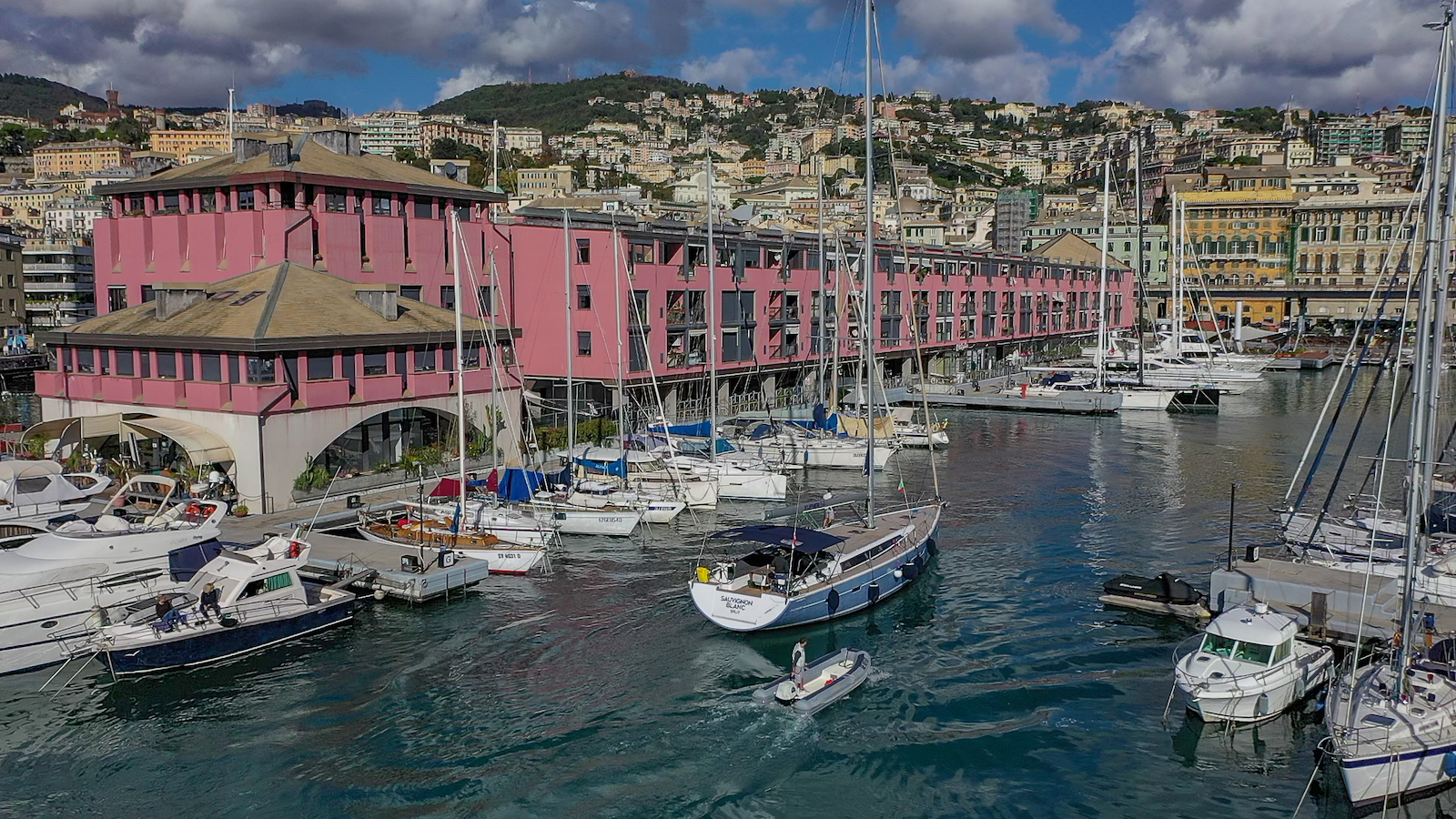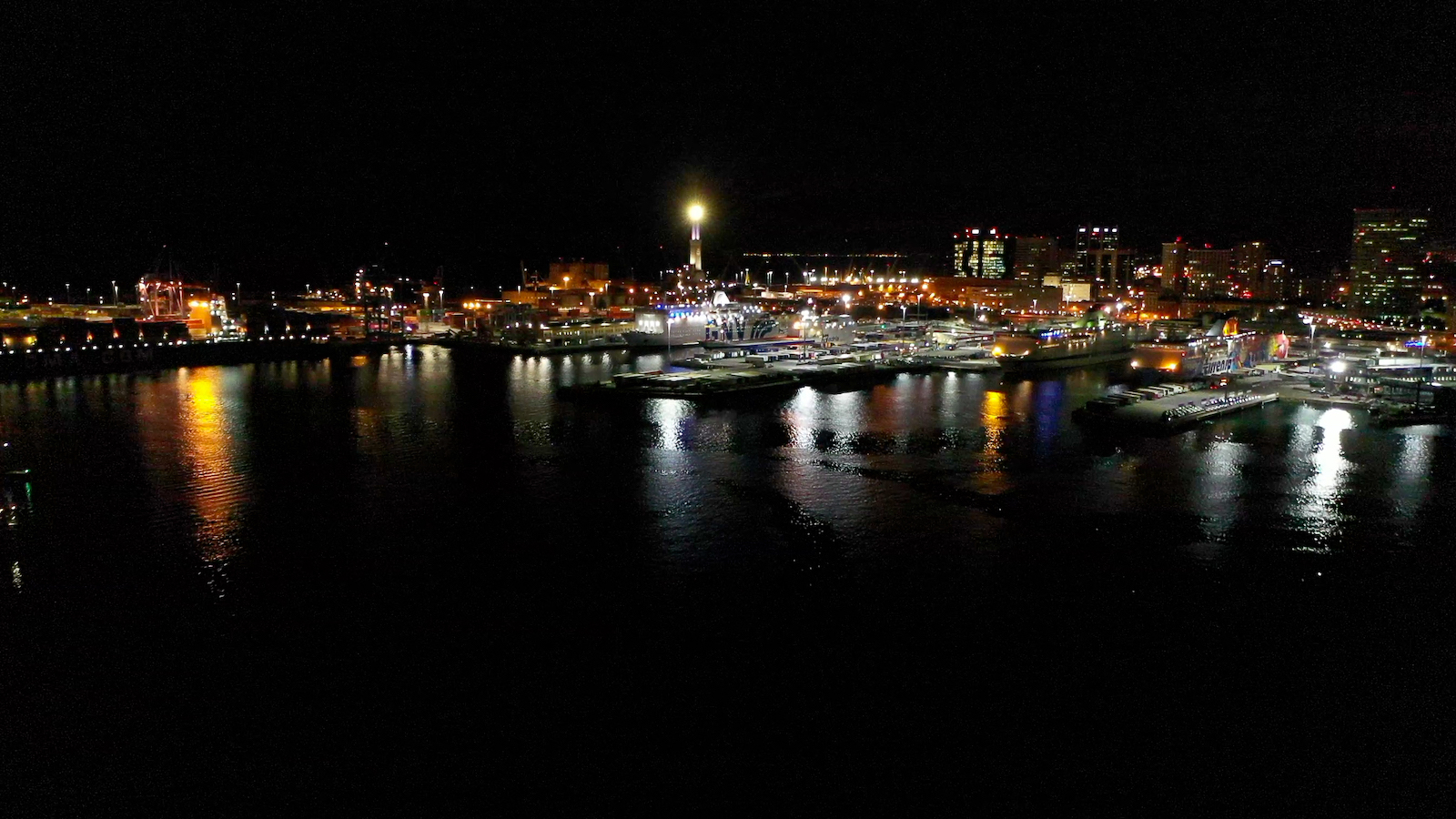For those who have never had to manage entering a marina, it might seem strange to hear that landing in a tourist port is among the most delicate moments of navigation. Is it possible that after sailing in open waters, perhaps after challenging significant waves and winds, boaters should “fear” entering a tourist port, where everything is designed to facilitate boat mooring? Well, the many accidents that occur right at the moment of entering marinas demonstrate that this step is too often underestimated: countless boats, both small and large, have sunk right at the entrance of ports, perhaps after hitting a surfacing rock (which was well marked). Today we will look at all the precautions to take for landing in a tourist port in complete safety, for yourself, your boat, and other boaters who have chosen to moor in the same marina. 
Entering a tourist port: gathering all information
The first rule when approaching a landing in a tourist port is to gather all relevant information. Entering a marina is not like stopping at a highway service station, no sir: every tourist port has its own
Landing in a marina: who to contact
Ideally, before heading to a tourist port, you should always book a berth, to ensure finding a mooring space and to get fresh information from the management about any “exceptional” conditions at the port entrance. That said, the rule requires that port entry must be preceded by
Reference signals for landing in a tourist port
After completing the preparatory phase, it’s time to actually approach landing in the tourist port. Well, it must be said that even during the actual entry, information is abundant. Something useful can obviously come from the marine GPS, but it should be noted that in most cases you won’t have much more information than what’s on the updated nautical chart. You should certainly look up to observe the port entrance, which is marked with clear signals to facilitate entry, featuring two colored towers: green on starboard and red on port side. Boaters must pass between these two signals, not alongside them, then proceed paying particular attention to any
Right of way for port entry
Beyond the correct interpretation of present signals and pilot book information, there are general rules that apply to every port, of any type. The
Maximum speed in tourist ports
Above all, in port you should always proceed at a speed low enough to allow for last-second corrections, to avoid collisions with other boats or fixed obstacles. The maximum speed is therefore defined by the port and varies case by case between 2 and 6 knots maximum (in most cases it’s 3 knots).
Landing in a tourist port after sunset: increased difficulties
We mentioned at the beginning that landing in a tourist port should be considered one of the most delicate moments of navigation. Well, as you can imagine, entering a marina becomes significantly more delicate when approaching it
By following these rules and preparing in advance for entry, landing in a tourist port can be approached with maximum safety and without too much stress. Are you looking for a berth in Genoa? Book a mooring for your boat in the historic center, in our Marina Porto Antico of Genoa!



